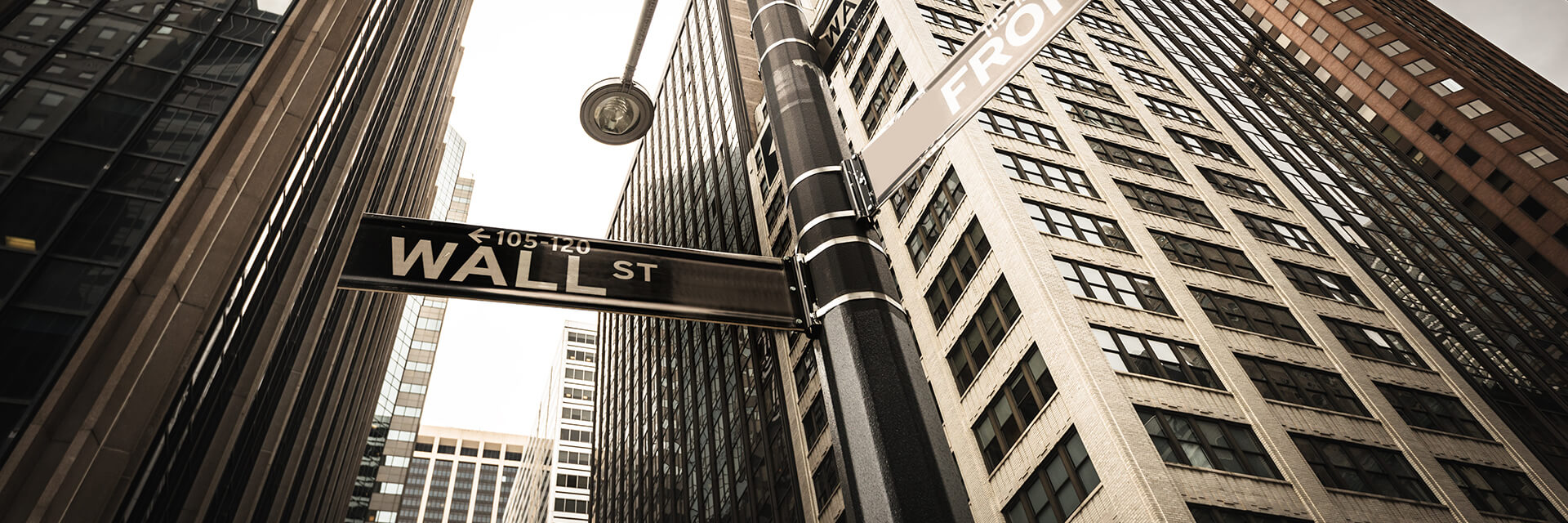
Trends Watch: August 24, 2017
- Published
- Aug 24, 2017
- Share
EisnerAmper’s Trends Watch is a weekly entry to our Alternative Investments Intelligence blog, featuring the views and insights of executives from alternative investment firms. If you’re interested in being featured, please contact Elana Margulies-Snyderman.
This week, Elana talks to Mike Melissinos, CEO of Melissinos Trading.
What is your outlook for CTAs ?
I believe we’re living through the dark ages for CTAs. Low volatility and high inter-market correlation since the financial crisis has acted as a double-whammy for trend following strategies. Below-average performance since 2011 combined with a relentless equities bull market has forced many CTAs to alter their strategies a bit - increasing equities allocations within their portfolios, incorporating vol-targeting mechanisms to take advantage of a low-volatility environment and even adding other strategies to complement their main trend following strategy. Despite this, investors continue to allocate money to CTAs. Mostly, I believe this is because they fear a reversal in equities and want a systematic strategy with a history of performing well in bear markets and other crises.
I believe sluggish performance will persist as long as market volatility remains low, if we oscillate between “risk on, risk off” where inter-market correlation is high and assets continue coming into CTAs. Historically, institutional investors have shunned CTAs during raging equity bull markets (because who wants to reduce their position in equities during a major bull market?). Since the financial crisis, they’re not shunning CTAs so I believe we have a lot of congestion and too many trend followers trying to get in and out of the same markets around the same time. This creates whipsaws.
One thing I’m watching for is the money flows in and out of CTAs. I think we’ll get to a point where institutions will have had enough with the sluggish performance and prefer to invest in other strategies. When that happens, I think CTA performance will improve.
What is your outlook for the economy?
Outside of a few pockets of innovation, I believe we’re going to be stuck in a stagnant economy for a long time. The financial crisis really shook people up. The policy-makers chose to address their fear of another economic collapse by instituting more regulation and monetary policy. This has benefited a few people and industries, namely those with relationships with government. The free-competition sector is shrinking under the weight of regulation and taxes. Without a thriving free-competition sector, we do not get innovation and better products at a lower cost.
Today, we’re getting the opposite - lower quality products at higher prices. One area that’s exempt from this is technology. It has not been regulated to death, but many other industries have - education, transportation, healthcare, defense, finance, etc. The opportunity for people to start businesses in these industries is very low. The technology sector is the last remaining survivor of the free-competition economy.
If we do not have a thriving free-competition economy, we do not improve our standard of living or increase GDP. If GDP struggles, the government collects less in taxes. When that happens, the government, unable to kick their spending habit, go to the Fed for money they’d like to spend. When this happens, we get inflation. Every dollar the government spends that it doesn’t “earn” from taxes creates inflation.
I don’t like the path we’re on. We’re stifling our creative juices in exchange for safety, welfare and free healthcare. This may feel good in the short term, but over time I see the wealth gap growing larger, the standard of living declining, taxes and regulations increasing, product quality declining and higher prices.
To get back to a free market that encourages competition, we have to reverse a lot of what we’ve done over the past 100 years - decrease regulations, taxes and disband the Fed. Sadly, I don’t see any of this happening.
What keeps you up at night?
Flash crashes and extreme volatility and unexpected policy changes.
Here’s an analogy for you: A guy walking his dog. Today, automated trading is the dog, except it’s not a dog but a cheetah. When it sees something it wants, it breaks loose and runs much faster than you can. As a result, these automated algorithms exacerbate price moves and can inflict major damage on people’s portfolios. We seem to get flash crashes and price shocks more and more these days. Most of the time, the damage is mostly contained to a particular market or stock. My fear is when everyone loses control of their cheetah on the leash.
Unexpected policy changes have always been a risk in the markets. The last major one we saw was in Q1 2015 when the Swiss National Bank removed the Franc’s peg to the Euro. Overnight, the Franc shot up 30% in several minutes. Without proper risk management, people can get wiped out. My fear is if policy changes occur on a more regular basis and investors lose trust in markets.
What's on Your Mind?
Start a conversation with Elana
Receive the latest business insights, analysis, and perspectives from EisnerAmper professionals.












